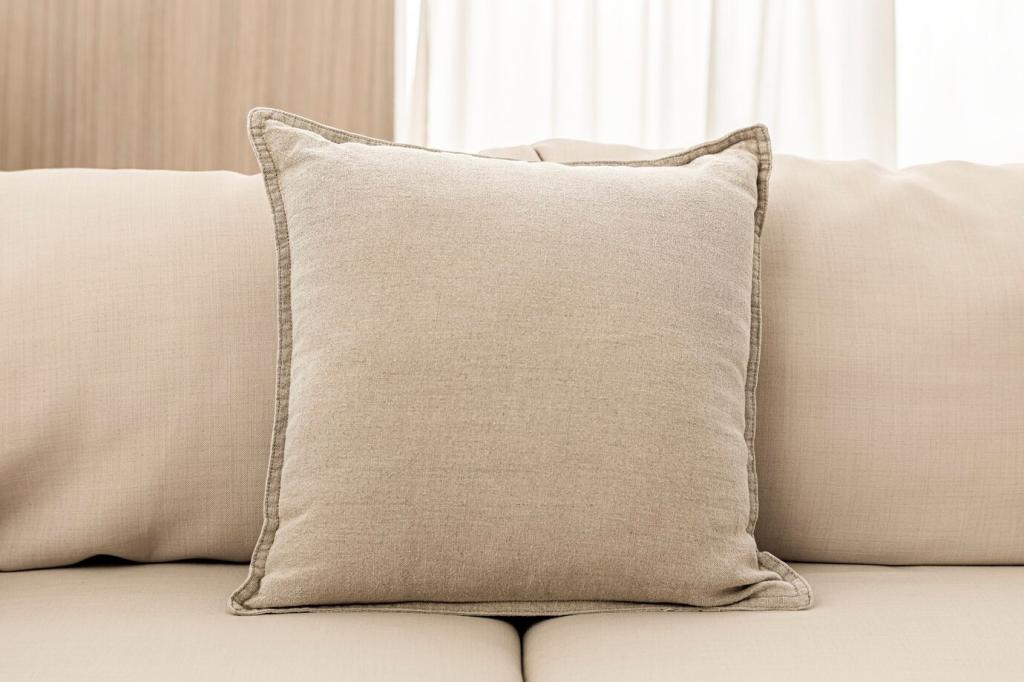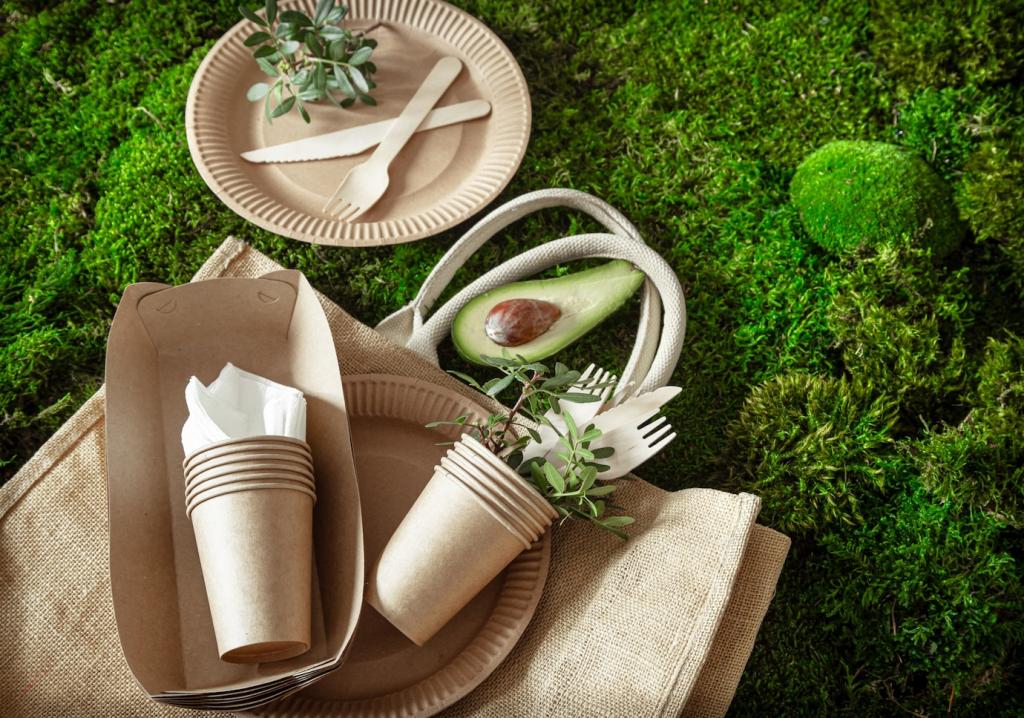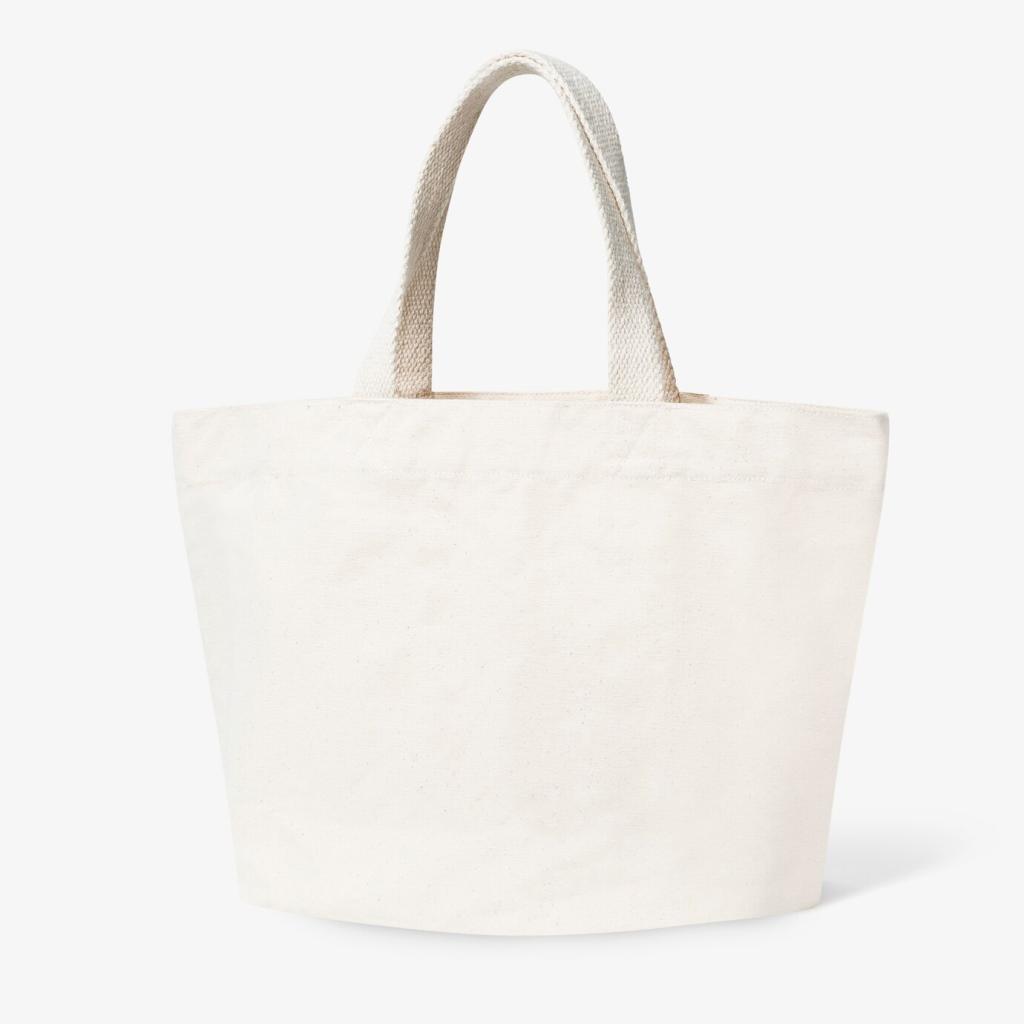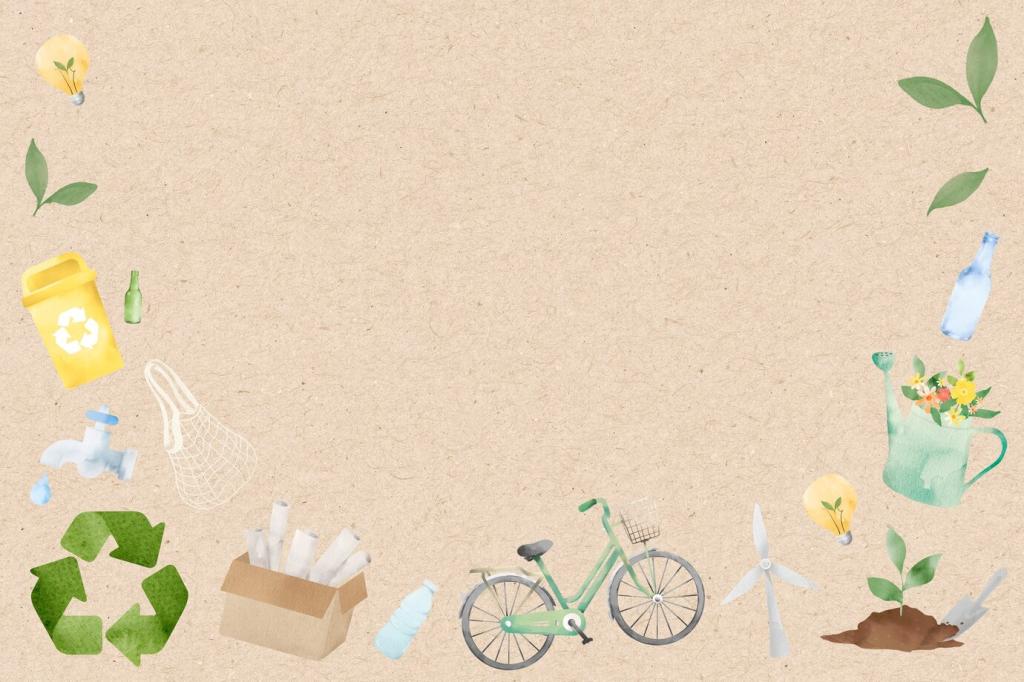Eco-Friendly Home Decor Inspirations
Discover a world where sustainability meets style in home decor. Eco-friendly home decorating is more than a trend—it’s a conscious lifestyle choice that connects beauty with responsibility. This page inspires you to reimagine your living spaces while caring for the planet, offering creative ideas and thoughtful guidance for transforming your home into an eco-haven. Embrace sustainable solutions, repurposed treasures, and natural materials to craft interiors that express your values and create a healthier environment for all.

Organically farmed cotton, linen, hemp, and bamboo offer a luxurious feel while minimizing chemical exposure in your home. Unlike conventional fabrics, these materials are grown without synthetic fertilizers or pesticides, ensuring both you and the planet stay healthy. Handwoven organic textiles not only support sustainable agriculture but enhance your decor with unique textures and earthy hues for bedding, curtains, and upholstery.
Sustainable Materials for Stylish Spaces

Upcycled and Repurposed Decor Ideas
Refurbishing vintage furniture honors the craftsmanship of the past while conserving resources. Instead of buying new, consider repainting, reupholstering, or refinishing existing pieces to suit your aesthetic. This not only saves money and prevents waste but also results in custom creations that tell a story. Embrace the beauty of imperfections and celebrate the uniqueness of each renewed item in your living spaces.
Indoor Plants as Green Decor
Large, lush plants like fiddle-leaf figs or monstera make striking focal points in living rooms and entryways. Placing these statement pieces in woven baskets or upcycled planters underscores your commitment to sustainability. Their sculptural forms and vibrant leaves add architectural interest, infusing spaces with life and a sense of tranquility.
Selecting non-toxic paints in trendy earth tones, soft pastels, or bold hues transforms your walls safely and sustainably. Brands offering plant-based or mineral pigments use renewable resources and minimize pollutants. This thoughtful approach ensures that your home’s fresh look doesn’t come at the expense of the environment or your well-being.


LED Lighting Innovations
Modern LED bulbs use a fraction of the energy traditional incandescent bulbs require while offering versatile color temperatures and dimming capabilities. They last significantly longer, reducing the frequency of replacements and waste. By incorporating LEDs into pendant lights, sconces, and chandeliers, you can create sophisticated ambiance while keeping your ecological footprint low.

Solar-Powered Light Fixtures
Harnessing solar energy for garden lamps, outdoor path lights, or decorative lanterns transforms your exterior spaces sustainably. These fixtures eliminate the need for electricity, relying on renewable sunlight to illuminate your evenings. Solar-powered lighting provides creative freedom for eco-friendly outdoor design and supports clean energy adoption at home.

Motion-Sensor Lighting
Installing motion-sensitive lights in hallways, bathrooms, or closets ensures illumination only when needed, conserving energy without sacrificing convenience. This smart solution adapts to your lifestyle, cutting back on waste and reducing costs. With motion sensors, you bring technology and sustainability together for a smarter, greener home environment.
Minimalist and Clutter-Free Aesthetics

Conscious Furniture Selection
Investing in fewer but high-quality, sustainably made furniture pieces reduces waste and enhances longevity. By choosing timeless silhouettes and durable materials, you can curate a harmonious environment that transcends trends. This deliberate selection process ensures that each item you bring home serves a purpose and fits your evolving eco-conscious lifestyle.

Decluttered Surfaces
Maintaining clear countertops, shelves, and workspaces encourages focus and promotes a relaxed atmosphere. Removing unnecessary items allows the beauty of your materials and decor to shine while making cleaning easier and more efficient. Minimalist surfaces align with sustainability by discouraging impulse purchases and ongoing accumulation of non-essential goods.

Intentional Room Layouts
Designing rooms with purpose—such as open living areas or multi-use spaces—results in increased functionality and comfort. Carefully planned layouts respect flow and scale, maximizing sunlight and ventilation while reducing the need for artificial interventions. This level of intention creates adaptable homes that remain inviting and sustainable in the long term.

Local potters shape one-of-a-kind ceramic bowls, vases, and mugs that add tactile beauty to kitchen and living spaces. These handcrafted items often use locally sourced clay, ensuring traceability and lower transportation impact. Displaying or using handmade ceramics highlights artistry and personalizes your space with meaningful, eco-friendly accents.

Woven wall hangings, blankets, or rugs produced by nearby makers showcase traditional techniques and natural materials. Supporting local weavers encourages sustainable economies and preserves cultural heritage. Each textile brings warmth and richness to interiors and ensures that your decor choices have a positive social and environmental impact.

Artists who specialize in upcycled art transform discarded materials into expressive, conversation-starting pieces. Purchasing local upcycled art helps divert waste and boosts creative entrepreneurship in your region. These installations become focal points that celebrate innovation while underscoring the importance of reimagining old objects for new purposes.
